Phone Won’t Charge After Dropping in Water: Solutions
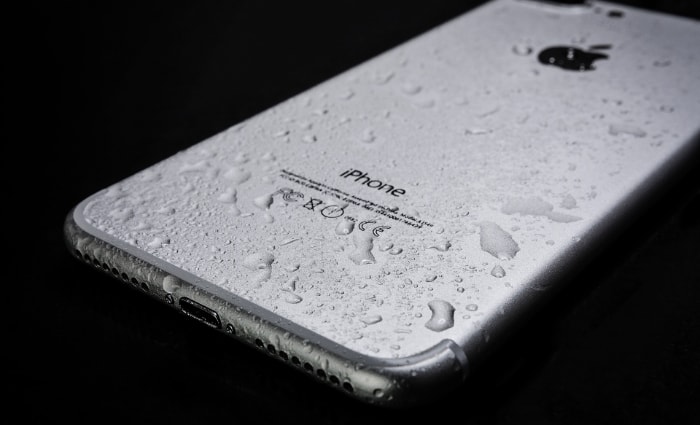
Dropping your phone in water can turn a normal day into a stressful ordeal, especially when you discover it won’t charge afterward. This common mishap affects countless smartphone users worldwide, leaving them scrambling for solutions.
Water damage can wreak havoc on a device’s internal components, potentially rendering it useless if not addressed promptly. While the situation may seem dire, there are steps you can take to salvage your water-logged phone and restore its charging capabilities.
Understanding Water Damage in Phones
Water damage is a common and often devastating problem for smartphone users. When a phone comes into contact with water, it can cause significant harm to its internal components, potentially leading to various malfunctions, including charging issues.
How Water Affects Internal Components
Water can wreak havoc on a phone’s internal components in several ways. First, it can cause short circuits by creating unintended electrical connections between different parts of the device.
This can lead to sudden power surges that damage sensitive components. Second, water can corrode metal parts, including connectors, circuit boards, and battery contacts.
This corrosion can disrupt electrical connections and cause long-term damage even after the phone appears to have dried out.
Additionally, water can leave behind mineral deposits as it evaporates, which can interfere with electrical connections and component functionality. These deposits can accumulate in small crevices and on circuit boards, potentially causing ongoing issues long after the initial water exposure.
Common Areas Susceptible to Water Damage
While water can affect any part of a phone, certain areas are particularly vulnerable:
- Charging port: This is often the first point of entry for water and can easily trap moisture.
- Speakers and microphones: These components have small openings that allow water to seep in.
- SIM card tray: Water can enter through the small gaps around this removable component.
- Screen edges: Liquid can penetrate through the tiny spaces between the screen and the phone’s body.
- Battery compartment: In phones with removable batteries, water can easily access this area.
- Internal components: Once water enters the phone, it can reach critical parts like the motherboard, processor, and memory chips.
Impact on Charging Functionality
Water damage can significantly affect a phone’s charging capabilities in several ways:
- Corrosion of charging port contacts: This can prevent proper electrical connections between the charger and the phone.
- Short circuits in charging circuitry: Water can cause shorts in the components responsible for managing power input and battery charging.
- Damage to battery cells: Water exposure can compromise the integrity of the battery, leading to reduced capacity or complete failure.
- Mineral deposits in the charging port: As water evaporates, it can leave behind residue that interferes with the charging connection.
- Damage to power management chips: These crucial components control the flow of electricity within the device and can be highly sensitive to water exposure.
The severity of water damage to charging functionality can vary depending on factors such as the amount of water exposure, how quickly the phone was powered off, and how long the device remained wet. In some cases, charging issues may not appear immediately but can develop over time as corrosion progresses or residual moisture causes further damage.
Immediate Actions to Take
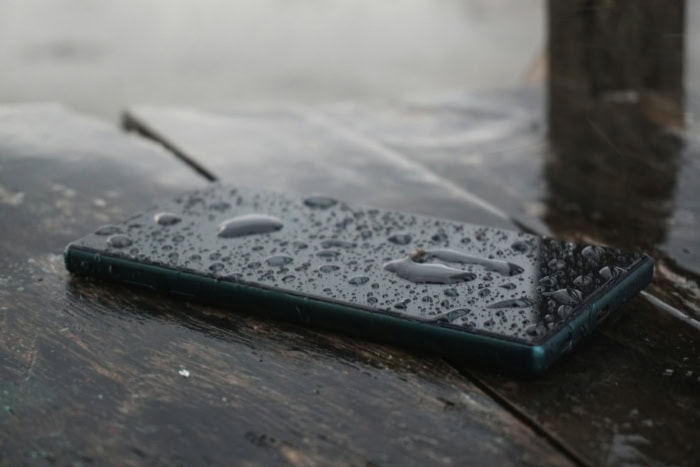
The most crucial step to take after your phone comes into contact with water is to power it off immediately. Even if your device appears to be functioning normally, water may have already entered its internal components.
Continuing to use your phone can cause short circuits, which can lead to permanent damage. If your phone has been submerged, remove it from the water as quickly as possible and power it down.
If it was exposed to rain or splashes, power it off and dry the exterior thoroughly with a clean, lint-free cloth.
Remove the Battery (If Possible)
If your phone has a removable battery, take it out as soon as you’ve powered off the device. This will help prevent any short circuits caused by water bridging the gap between the battery terminals and the phone’s internal components.
If your phone doesn’t have a removable battery, do not attempt to open the device, as this can void your warranty and potentially cause further damage.
Drying Methods: Silica Gel, Ventilation, and Fans
Once you’ve powered off your phone and removed the battery (if applicable), it’s time to focus on drying out the device. One of the most effective methods is to use silica gel packets, which are desiccants that absorb moisture from the air.
Place your phone in an airtight container filled with silica gel packets, ensuring the device is completely covered. Leave it in the container for at least 24-48 hours to allow the silica gel to draw out as much moisture as possible.
Another effective drying method is to use ventilation and fans. Place your phone in a well-ventilated area, such as a room with open windows or a fan blowing gently across the device.
Avoid pointing the fan directly at the phone, as this can cause dust and debris to enter the device. The airflow will help evaporate any remaining moisture inside the phone.
Avoid Using Heat Sources or Rice
While it may be tempting to use heat sources like hair dryers, ovens, or microwaves to dry out your phone, these methods can cause more harm than good. Excessive heat can damage your phone’s delicate internal components, melt adhesives, and warp plastic parts.
Similarly, placing your phone in a bag of rice is a common myth that can actually do more damage. Rice grains can get stuck in the device’s openings, such as the charging port or headphone jack, and the starch from the rice can leave behind a residue that attracts moisture.
Troubleshooting Charging Issues
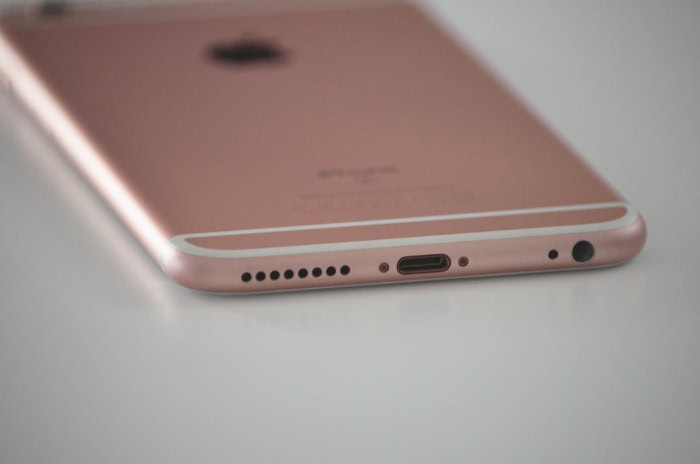
Even after taking immediate action and properly drying your water-exposed phone, you may still encounter charging issues. This can be frustrating, but there are several troubleshooting steps you can take to identify and potentially resolve the problem.
Cleaning the Charging Port
One of the most common reasons for charging issues after water exposure is the presence of moisture or debris in the charging port. To address this, start by carefully inspecting the port for any visible contaminants, such as dirt, lint, or corrosion.
If you spot any debris, gently remove it using a fine-tipped tool, such as a toothpick or plastic dental pick. Be cautious not to damage the delicate components inside the port.
After removing any visible debris, clean the charging port using a soft, dry toothbrush or a specialized port cleaning tool. Gently brush the inside of the port to dislodge any remaining contaminants.
If you have access to isopropyl alcohol (90% or higher), you can slightly dampen the brush with it to help dissolve any residue. However, be sure to use only a small amount and allow the port to dry completely before attempting to charge your device.
Using Compressed Air to Remove Moisture
If you suspect that moisture may still be present in the charging port or other openings on your phone, consider using compressed air to dislodge it. Hold the can of compressed air upright and spray short bursts into the charging port, speakers, microphone, and any other exposed areas.
Keep the nozzle at least an inch away from the phone to avoid causing damage.
When using compressed air, be cautious not to tilt or shake the can, as this can cause liquid propellant to escape and potentially harm your device. Also, avoid using an air compressor, as these can generate too much pressure and moisture, which may lead to further damage.
Checking for Corrosion on Charging Contacts
Water exposure can cause corrosion on the metal contacts inside the charging port, preventing proper electrical connection with the charger. To check for corrosion, use a flashlight to inspect the contacts for any signs of discoloration, rust, or debris.
If you spot corrosion, you can attempt to remove it using a cotton swab or a soft toothbrush dipped in isopropyl alcohol.
Gently scrub the contacts to remove the corrosion, being careful not to damage the surrounding components. After cleaning, allow the port to dry completely before attempting to charge your phone.
If the corrosion is severe or cannot be removed, professional repair may be necessary.
Attempting Wireless Charging
If your water-damaged phone supports wireless charging, this can be a useful alternative if the wired charging port is not functioning properly. Wireless charging allows you to power your device without relying on the physical charging port, which may be compromised due to water exposure.
To attempt wireless charging, place your phone on a compatible wireless charging pad, ensuring that it is centered and making good contact with the pad’s surface. If your phone begins to charge, this indicates that the wireless charging components are still functional, even if the wired charging port is damaged.
Keep in mind that wireless charging may be slower than wired charging and may generate more heat. If your phone becomes unusually hot during wireless charging, discontinue use and seek professional repair, as this could indicate underlying damage to the device’s internal components.
Professional Repair Options
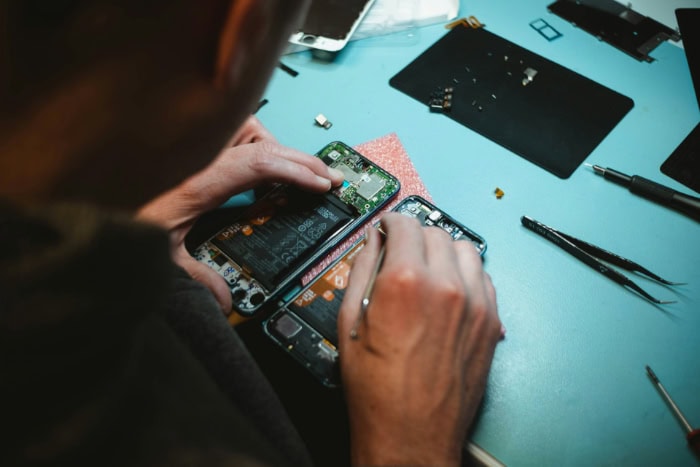
While many water-damaged phones can be salvaged through DIY methods, there are instances where professional repair becomes necessary. Seeking expert help can often mean the difference between restoring your device to full functionality and facing a costly replacement.
When to Seek Professional Help
Despite your best efforts, there may come a point where professional intervention is the most prudent course of action. Consider seeking expert help in the following situations:
- Persistent charging issues: If your phone still won’t charge after attempting the troubleshooting steps outlined earlier, it’s time to consult a professional. This could indicate deeper damage to the charging port or internal components.
- Visible corrosion: If you notice significant corrosion on the charging contacts or other internal parts that you can’t safely clean yourself, a professional repair is advisable.
- Screen or touch functionality problems: Water damage can affect your phone’s display and touch sensitivity. If you experience persistent issues with these features, expert diagnosis and repair may be necessary.
- Unusual behavior or performance: If your phone exhibits erratic behavior, such as frequent crashes, unexpected shutdowns, or significantly reduced performance, it could be a sign of water-induced damage to critical components.
- Liquid damage indicators triggered: Many phones have internal liquid damage indicators that change color when exposed to moisture. If these have been triggered, it’s a clear sign that professional assessment is needed.
- Unsuccessful DIY attempts: If you’ve tried various DIY methods without success, it’s best to stop and seek professional help to avoid causing further damage.
Types of Repairs for Water-Damaged Phones
Professional repair services offer a range of solutions for water-damaged phones, depending on the extent and nature of the damage. Some common repair options include:
- Ultrasonic cleaning: This technique uses high-frequency sound waves to remove corrosion and mineral deposits from internal components without disassembling the entire device.
- Component replacement: Damaged parts such as the charging port, battery, or other affected components can be replaced with new ones to restore functionality.
- Board-level repairs: For more severe cases, technicians can perform micro-soldering and other intricate repairs on the phone’s motherboard to fix water-induced damage.
- Data recovery: If your phone won’t power on at all, professional services may be able to recover important data from the device’s storage.
- Full device refurbishment: In some cases, a complete overhaul of the device may be necessary, involving the replacement of multiple components and thorough cleaning of the entire phone.
Cost Considerations and Warranty Implications
The cost of professional repairs for water-damaged phones can vary widely depending on the extent of the damage and the specific repair needed. Simple cleaning and drying services may be relatively inexpensive, while component replacements or board-level repairs can be more costly.
In some cases, the repair cost may approach or exceed the price of a new device, so it’s important to weigh the options carefully.
When considering professional repair, it’s crucial to be aware of how it might affect your phone’s warranty. Most manufacturer warranties do not cover water damage, and attempting DIY repairs or seeking third-party professional help typically voids any remaining warranty coverage.
However, if your phone is no longer under warranty, this becomes less of a concern.
Some repair shops offer their own warranties on the work performed, which can provide peace of mind if you choose to proceed with professional repair. Be sure to ask about any guarantees or warranties offered on the repair service before committing to it.
If your phone is covered by insurance or an extended protection plan, check the terms of coverage before seeking professional repair. Some plans may cover water damage or offer discounted repair services through specific providers.
Prevention and Future Protection
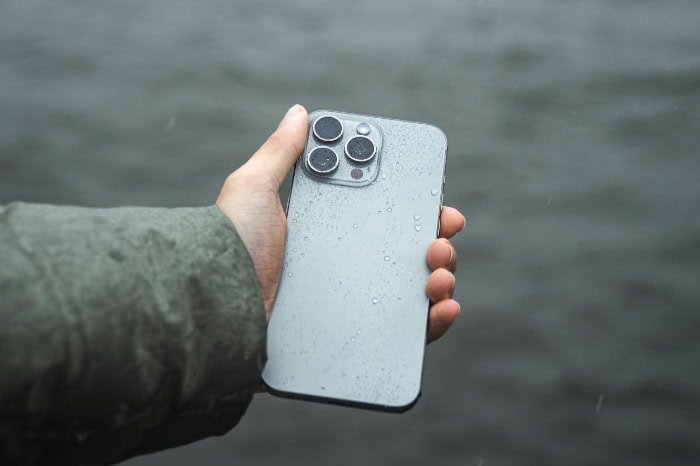
While it’s essential to know how to handle a water-damaged phone, it’s even more important to take steps to prevent such incidents from occurring in the first place. By understanding your device’s water resistance capabilities, using appropriate protective accessories, and adopting best practices when handling your phone near water, you can significantly reduce the risk of liquid-related damage.
Understanding Water Resistance Ratings
Many modern smartphones come with some degree of water resistance, which can provide peace of mind when using your device near water. However, it’s crucial to understand what these ratings actually mean and what limitations they have.
The most common water resistance rating for smartphones is the Ingress Protection (IP) rating, which consists of two digits.
The first digit represents the device’s protection against solid particles, such as dust, while the second digit indicates the level of water resistance. For example, a device with an IP68 rating is completely dust-tight (6) and can withstand immersion in water up to 1.5 meters deep for up to 30 minutes (8).
However, it’s important to note that these ratings are based on controlled laboratory conditions and may not reflect real-world performance.
It’s also essential to understand that water resistance is not a permanent condition. Over time, the seals and gaskets that protect your phone’s internal components can degrade, compromising its water resistance.
Additionally, any physical damage to the device, such as cracks or scratches, can allow water to penetrate more easily.
Proper Use of Waterproof Cases
For added protection, especially in situations where your phone is likely to be exposed to water, consider investing in a waterproof case. These cases provide an extra layer of defense against liquid intrusion, often exceeding the protection offered by the device’s built-in water resistance.
When choosing a waterproof case, look for one that is specifically designed for your phone model and offers a high level of water resistance (e.g., IP68 or better). Ensure that the case securely seals all openings, including the charging port, headphone jack, and any buttons or switches.
Before relying on a waterproof case, test it thoroughly to ensure that it provides the expected level of protection. Place a piece of tissue paper inside the case (without your phone) and submerge it in water for several minutes.
If the tissue paper remains dry, the case is likely effective.
Remember that waterproof cases can impact your phone’s functionality, such as touch sensitivity, sound quality, and charging capabilities. Look for cases that minimize these trade-offs while still providing robust water protection.
Best Practices for Handling Phones Near Water
Even with a water-resistant device or a waterproof case, it’s crucial to exercise caution when handling your phone near water. Adopt these best practices to minimize the risk of water damage:
- Avoid using your phone in the rain or near bodies of water, such as pools, lakes, or the ocean. If you must use your phone in these environments, ensure that it is securely protected by a waterproof case.
- Never charge your phone if the charging port is wet or if you suspect that water has entered the device. Wait until the phone has dried completely before attempting to charge it.
- Do not expose your phone to high-pressure water streams, such as from a faucet or showerhead, as this can overcome the device’s water resistance and force water into its internal components.
- Be mindful of temperature changes when using your phone near water. Sudden shifts from cold to hot environments (or vice versa) can cause condensation to form inside the device, leading to water damage.
- Regularly inspect your phone and any protective cases for signs of wear, damage, or degradation. Replace any compromised components promptly to maintain optimal water protection.
Remember, prevention is always better than cure when it comes to protecting your valuable smartphone from the damaging effects of water exposure.
Conclusion
Dealing with a water-damaged phone that won’t charge can be a stressful and frustrating experience. However, by taking the right steps and being proactive, you can minimize the damage and potentially restore your device to working order.
Acting quickly to power off the phone, remove the battery (if possible), and properly dry the device using silica gel or ventilation can significantly improve your chances of success. If charging issues persist, carefully cleaning the charging port, checking for corrosion, and attempting wireless charging may help identify and resolve the problem.
In some cases, professional repair may be necessary to address more severe water damage or persistent charging issues. Knowing when to seek expert help and understanding the types of repairs available can help you make the best decision for your device and budget.
Moving forward, taking preventive measures such as understanding your phone’s water resistance rating, using waterproof cases, and adopting best practices when handling your device near water can help you avoid future liquid-related mishaps.


